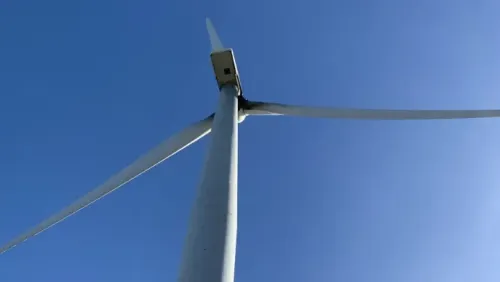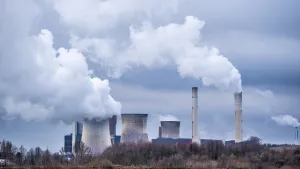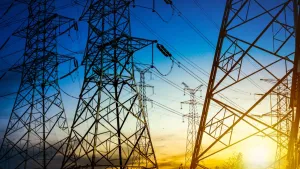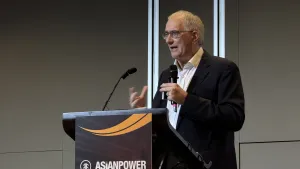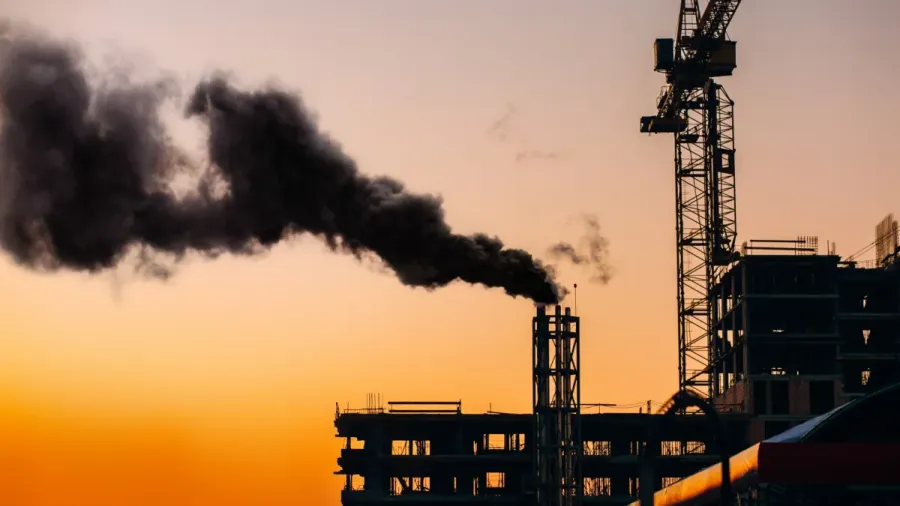
Asia’s heavy CCS reliance could derail climate goals
Asia has 156 CCS projects but only 18 are operational with a combined capacity of about 7.5 million tons of CO₂.
Asia’s growing reliance on carbon capture and storage (CCS) to decarbonise its energy systems could derail the region’s ability to meet climate targets if performance continues to lag and fossil fuel infrastructure remains entrenched, according to a new report by Climate Analytics.
The report, titled “The Global Climate Risks of Asia’s Expansive Carbon Capture and Storage Plans”, outlined two major risk scenarios: one in which CCS is deployed widely but fails to achieve the high capture rates required, and another where CCS rollouts fall short altogether yet still delay clean energy transitions by consuming public and private resources.
If CCS technologies in Asia scale up but deliver performance closer to current averages—around 50% capture efficiency instead of the greater than 95% needed—the region could emit an additional 24.9 gigatons of CO₂ equivalent by 2050, including about 3 gigatons from methane.
That level of emissions would put the 1.5°C Paris climate target out of reach, the report found.
As of mid-2025, Asia has 156 CCS projects listed in the International Energy Agency’s database, but only 18 are operational with a combined capture capacity of about 7.5 million tons of CO₂ per year.
Even under an optimistic scenario where all planned projects go ahead by 2030, the region would reach just 171 million tons of CO₂ per year—far below the scale needed under high-CCS 1.5°C-aligned pathways.
Most of the current pipeline still supports fossil fuel applications, with natural gas and LNG processing accounting for about 20 million tons of CO₂ per year and power and heat generation adding another 13 million tons.
Projects in truly hard-to-abate sectors such as cement, steel, and chemicals remain a small fraction of the total, whilst roughly 30 projects aiming to capture 24 million tons per year are tied to enhanced oil recovery, effectively extending fossil fuel production.
The report also highlighted that CCS in the power sector is costly and inefficient. Adding CCS to fossil fuel plants raises electricity costs to 1.5 to 2 times the level of firmed renewable alternatives, such as solar and wind paired with battery storage.
In many Asian markets, these clean energy technologies are already cheaper than fossil power even before CCS costs are included.
On the policy front, Japan, South Korea, Australia and parts of Southeast Asia are the most active promoters of CCS, often in partnership with oil and gas companies.
Singapore, for example, is working with ExxonMobil and Shell to establish a regional CCS hub. Japan’s 2024 CCS Business Act and national energy plan explicitly promote CCS in power and transport sectors, whilst Indonesia, Malaysia, and Thailand have adjusted regulations to attract CCS investment tied to fossil projects.
Climate Analytics urged policymakers to adopt a “deliberate low-CCS” strategy, prioritising rapid fossil fuel phase-out, expansion of renewables and electrification, and targeted CCS deployment only for truly hard-to-abate industrial processes.
Such a pathway, the report concluded, would best align Asia with the 1.5°C target whilst avoiding stranded assets and unnecessary cost burdens.
